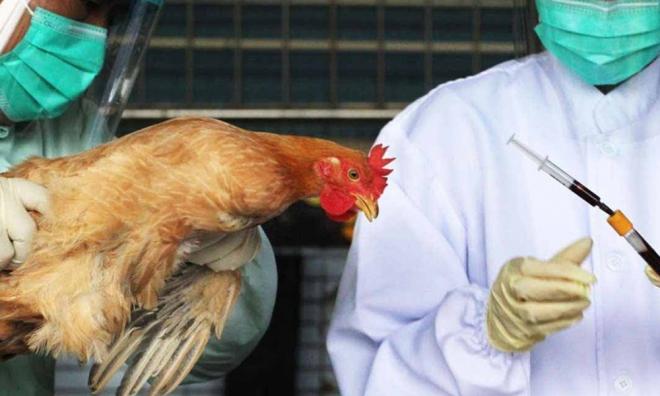
China has reported an outbreak of a highly pathogenic strain of H5N1 bird flu at a farm in Shaoyang city of the southern province of Hunan, the Ministry of Agriculture and Rural Affairs said on Saturday.
According to Reuters, the case occurred on a farm with 7,850 chickens, 4,500 of which have died of the bird flu.
Local authorities have culled 17,828 poultry following the outbreak.
Shaoyang is located approximately 547km or six hours away from Wuhan, Hubei, the centre of the novel coronavirus outbreak which has recorded 259 human deaths and infected around 12,000 people.
Avian influenza strains are divided into two groups based on the pathogenicity of the virus, or the ability of the virus to produce disease.
The United States Geological Survey defines bird flu as being "highly pathogenic" based on its ability to kill chickens.
The designation of "low pathogenic" or "highly pathogenic", however, does not refer to how infectious the viruses may be to humans, other mammals, or other species of birds.
According to the World Health Organisation, H5N1 transmissions to humans - typically through contact with dead birds or a contaminated environment - is possible but remains a rare incident.
"The virus does not infect humans easily, and spreading from person to person appears to be unusual.
"There is no evidence that the disease can be spread to people through properly prepared and thoroughly cooked food," according to the WHO.
The mortality rate in humans is 60 percent, the WHO added. - Mkini


No comments:
Post a Comment
Note: Only a member of this blog may post a comment.